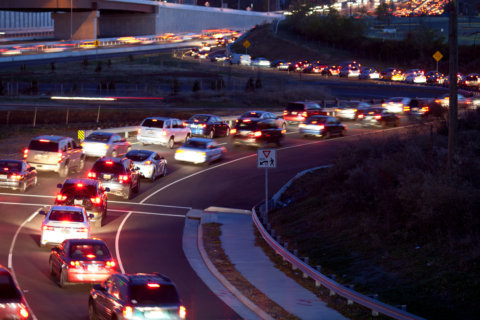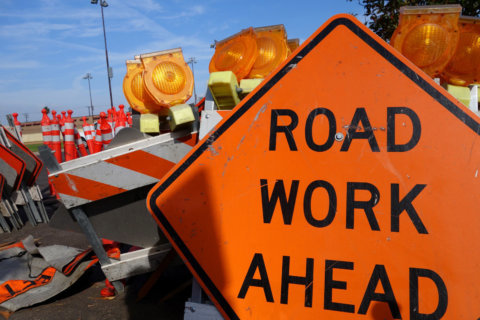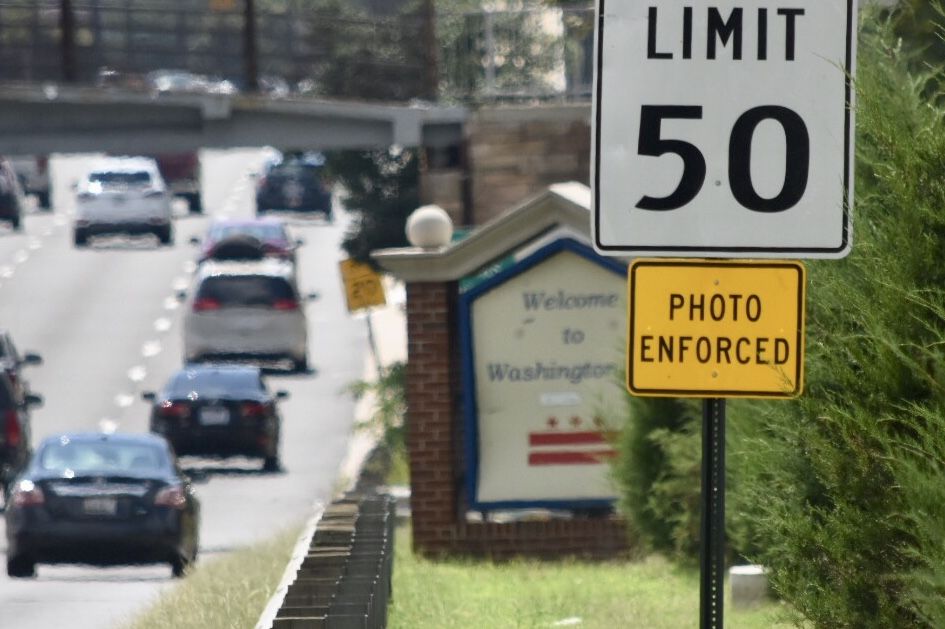
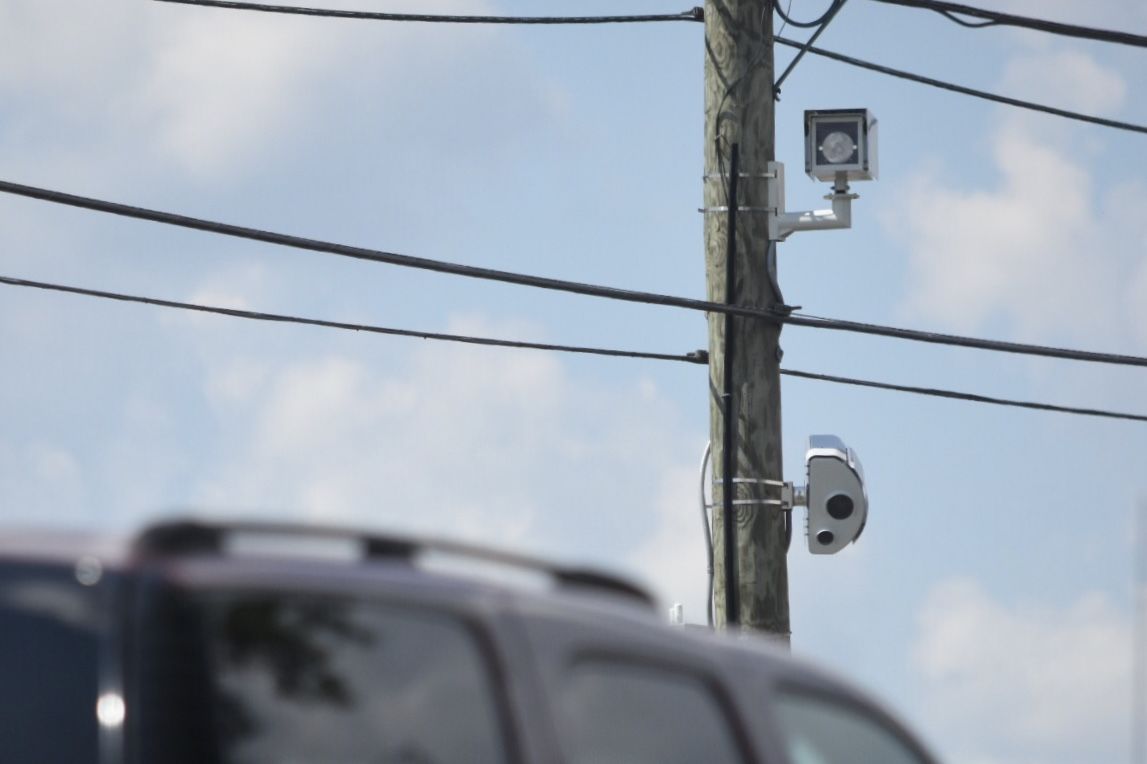
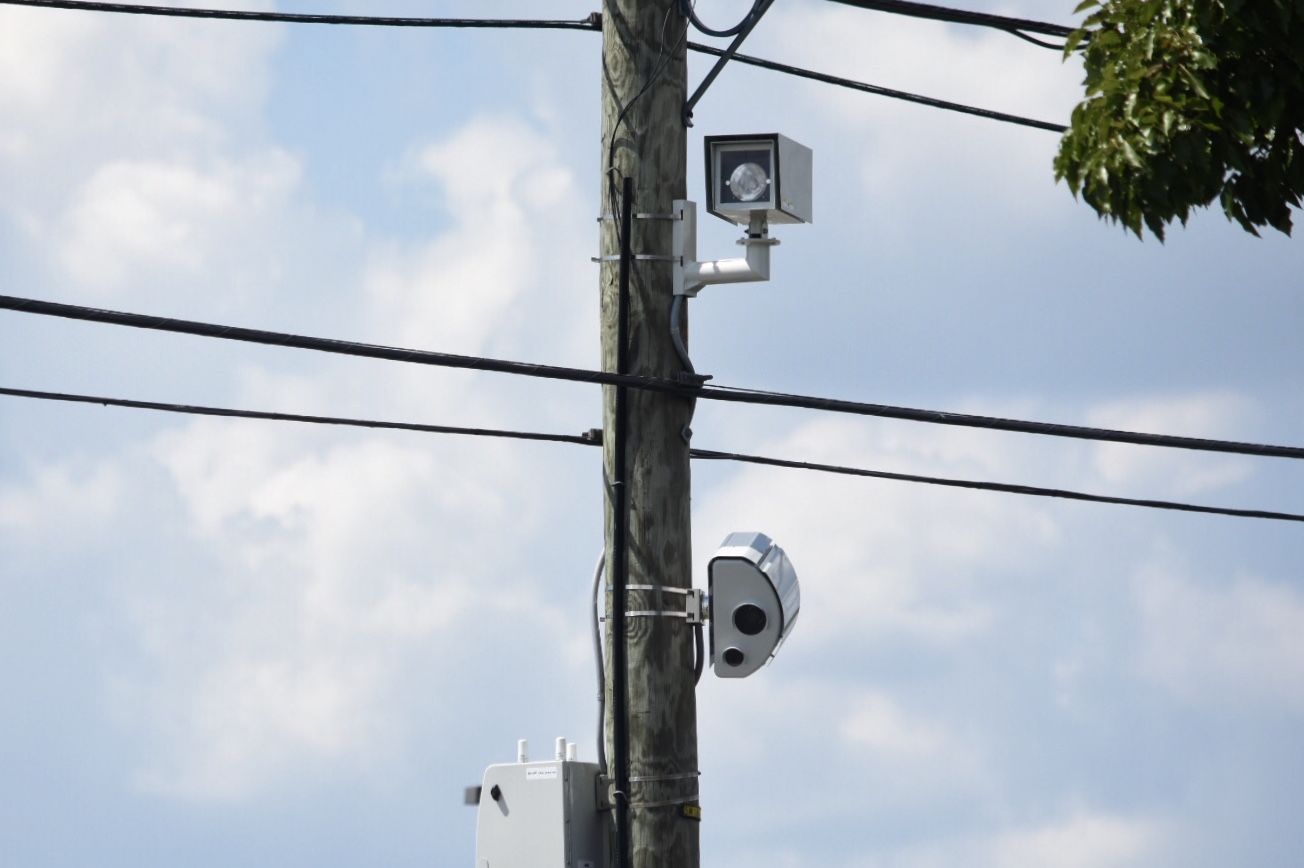
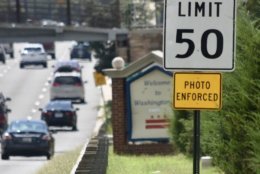

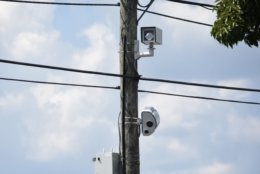
WASHINGTON — A 29-megapixel sensor, broadcast-quality video, a high-speed cell network connection, variable flash output — these might sound like technical specs for a consumer DSLR, but they’re actually a new generation of traffic cameras meant to catch speeders.
Next time you’re at a busy intersection, good luck looking for them — they’re also getting harder to spot.
Several of D.C.’s box-shaped portable cameras have recently been replaced with new, fixed cameras. The technology is mounted high above the highway and can be strapped onto pre-existing poles.
The manufacturer of the new ‘Auto Patrol’ cameras, American Traffic Solutions, describes their technology as “unobtrusive and highly effective,” and “noninvasive.” An ATS fact sheet states that their 3D radar beam technology can detect and track up to 32 vehicles at one time in up to six lanes of traffic.
The upgrades come after a rash of attacks on automated enforcement technology. More than a dozen cameras were deliberately damaged during the first half of 2018.
The boxy camera along the southbound lanes of D.C. Route 295 south of Eastern Avenue is one of the cameras recently replaced.
The old camera along the northbound lanes of Interstate 295 north of Oxon Cove — once criticized for its precarious location — has also vanished, with a new camera subtly mounted on a pole a bit farther north. A new, pole-mounted camera above South Dakota Avenue near V Street Northeast is already busy flashing vehicles headed for New York Avenue.
Fines for speeding in the District can be as high as $250. The D.C. Council recently passed a bill that halts the suspension of driver’s licenses for unpaid fines.
D.C. police insist the speed cameras are all about public safety, but there’s no doubt they produce a reliable revenue for local governments.
It is unclear how many of the older cameras will be replaced. D.C. police were not immediately available for comment.


